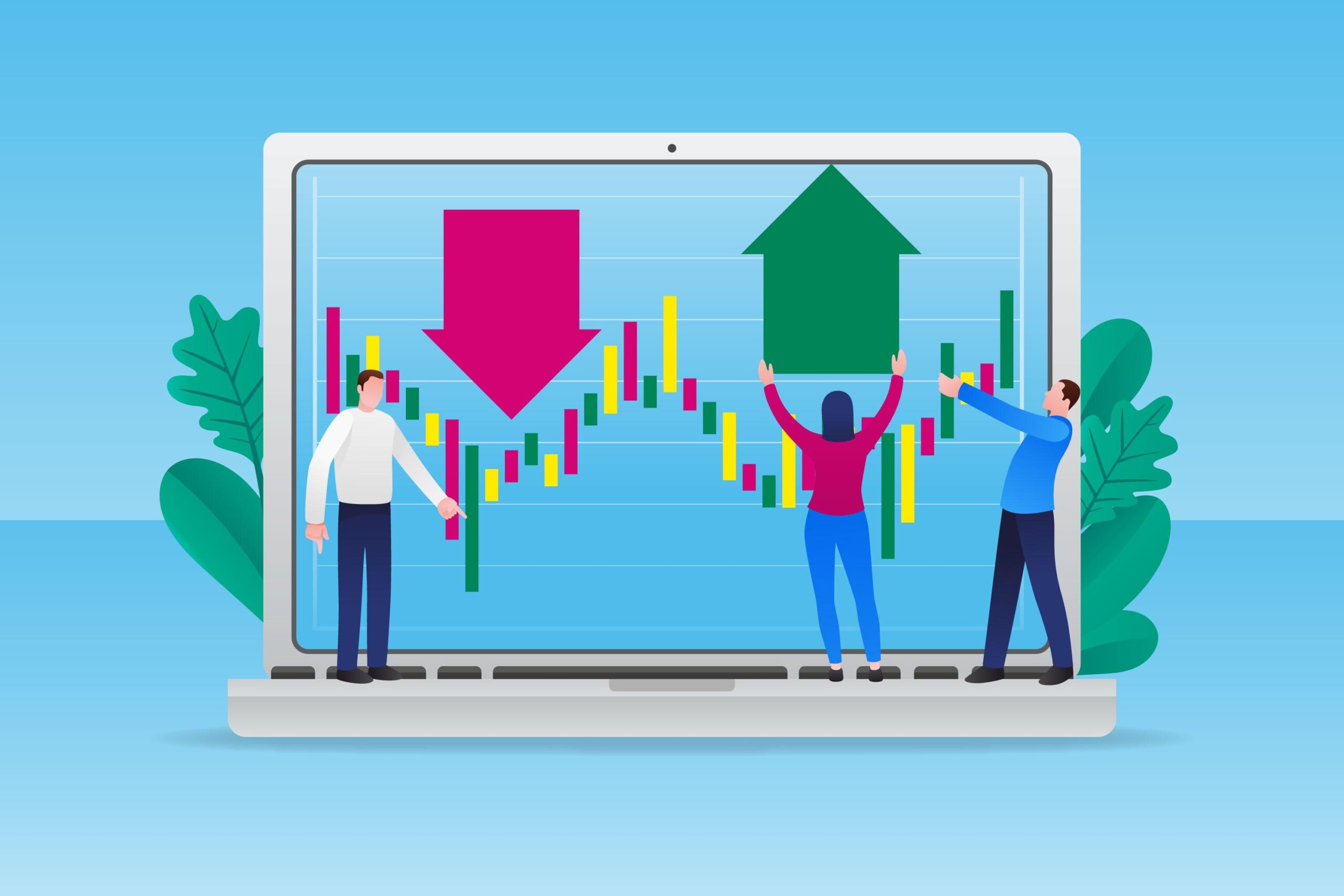
Why Stock Market Volatility Can Be a Blessing in Disguise for Traders
I’m gonna share something that might surprise you – why market volatility isn’t always the scary monster everyone thinks it is. In fact, it might just be your secret weapon for making better trades! Let me tell you why…
Understanding Market Volatility: The Basics
You know how some days the market is as calm as a pond, and other days it’s like a roller coaster? That’s volatility! When I first started trading, these wild swings used to freak me out. But then I learned something interesting – volatility can actually create some amazing opportunities.
What Causes Market Volatility?
Think of the market like a big group of people trying to agree on prices. When everyone’s nervous or excited, prices can swing like crazy! Common causes include:
- Big news events
- Economic reports
- Company announcements
- Global events
- And sometimes, just plain old market mood swings!
Why Volatility Can Be Your Friend
For Active Traders
Let me share a quick story. My friend Sarah (not her real name) made her biggest profit during a super volatile week last year. While others were panicking, she stayed cool and used Insight Ease API to spot perfect entry and exit points. Here’s why volatility can be great:
- More trading opportunities
- Bigger price movements = bigger potential profits
- Easier to spot clear entry and exit points
- More exciting trading environment
For Long-term Investors
Even if you’re not day trading, volatility can help:
- Better prices to buy your favorite stocks
- Chance to average down on good companies
- Opportunity to sell overvalued positions
- More dividend stocks go on “sale”
Tools to Handle Volatility Like a Pro
The key to making volatility your friend is having the right tools. That’s where platforms like Insight Ease’s trading tools come in handy. They help you:
- Track real-time price movements
- Set up better alerts
- Analyze historical volatility patterns
- Make more informed decisions
My Personal Volatility Trading Strategy
Here’s what I’ve learned works best:
During High Volatility
- Use smaller position sizes
- Set wider stop losses
- Look for oversold/overbought conditions
- Keep some cash ready for opportunities
During Low Volatility
- Focus on range-bound trading
- Look for breakout setups
- Build positions slowly
- Study up for the next volatile period
Making the Most of Market Swings
Technical Analysis Tools
When things get wild, these tools become super important:
- Volatility indicators (like VIX)
- Support and resistance levels
- Moving averages
- Volume analysis
Risk Management
This becomes extra important! Here’s what I do:
- Never risk more than 1-2% per trade
- Use stops that make sense for volatility
- Don’t chase crazy moves
- Always have a plan B
Different Approaches for Different Traders
Day Traders
If you’re into day trading:
- Love the volatility!
- Use shorter timeframes
- Watch for quick reversals
- Stay super focused
Swing Traders
For my swing trading friends:
- Look for bigger moves
- Use daily and weekly charts
- Plan entries and exits carefully
- Be patient with positions
Special Situations to Watch
Earnings Season
This is like volatility Christmas! But be careful:
- Stocks can gap big
- Emotions run high
- Need solid plan before earnings
- Watch for overreactions
Market Corrections
These can be golden opportunities:
- Good companies go on sale
- Weak companies show their true colors
- Perfect for building long-term positions
- Great for learning about market psychology
Technology and Volatility Trading
Modern tools like Insight Ease’s platform make volatility trading easier:
- Real-time data feeds
- Advanced charting
- Quick order execution
- Better risk management tools
My Top Tips for Volatile Markets
- Never trade without a plan
- Keep position sizes small
- Don’t panic – stick to your strategy
- Use volatility to your advantage
- Always have cash ready for opportunities
Frequently Asked Questions
Q: Is high volatility always bad?
A: Nope! It creates opportunities if you know how to handle it safely.
Q: How do I know if a market is volatile?
A: Check the VIX index, price ranges, and how fast prices are moving.
Q: Should beginners trade in volatile markets?
A: Start small and learn with paper trading first.
Q: What’s the best strategy for volatile markets?
A: Smaller positions, wider stops, and careful entry/exit points.
Q: How can I protect myself during high volatility?
A: Use stop losses, smaller positions, and don’t overtrade.
Final Thoughts
Remember, volatility is like waves in the ocean – scary if you fight them, but fun if you learn to surf! The key is having the right tools, knowledge, and mindset. Sure, it can be nerve-wracking at first, but with practice and the right approach, it can become your best friend in trading.
Keep learning, stay patient, and most importantly, never risk more than you can afford to lose. And hey, don’t forget to use good tools to help you navigate those volatile waters!

